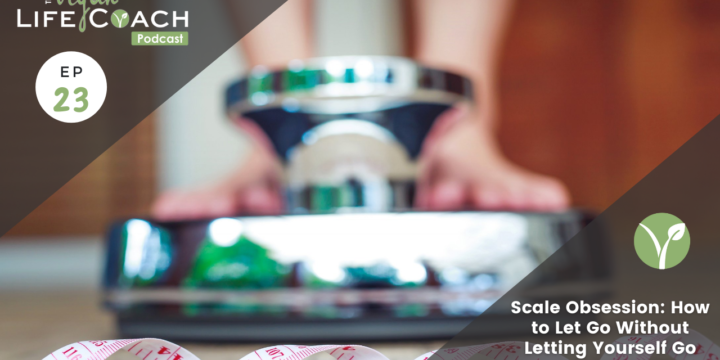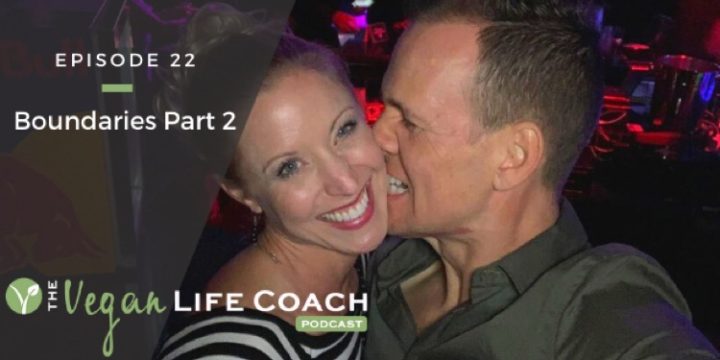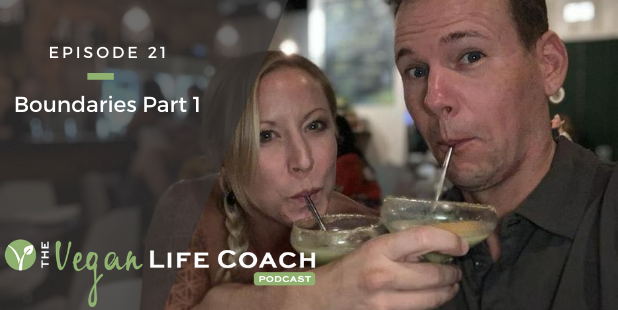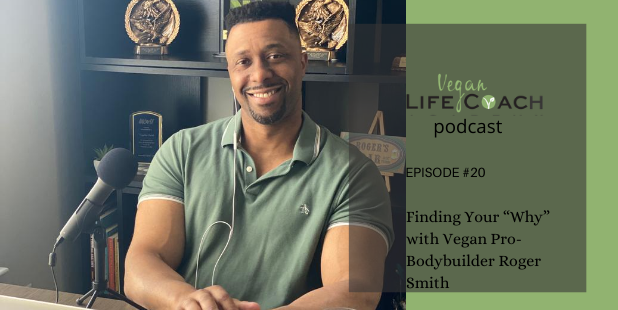According to Harvard Health, for most dieters, preventing the pounds from coming back, after working so hard to lose them, is the biggest challenge. On average, people regain two-thirds of the weight that they’ve lost within two years.
LISTEN/WATCH
Subscribe: Apple Podcast | Stitcher | Spotify | YouTube
*Links mentioned in the episode are at the bottom of this page.
One way people try to prevent gaining (or regaining) weight is through daily weigh-ins.
On one hand, this idea makes logical sense. When the number on the scale starts to increase, you know it’s time to tighten up the diet and/or hit the gym more. We hear clients say, “I’ve got to catch myself before my weight gets out of control.”
For some people, keeping a high level of awareness on small changes in their weight can be motivating… But at what mental and emotional cost? True health isn’t just about the number on the scale… It includes mental and emotional health too.
First off, one problem is that daily fluctuations in weight is normal and to be expected due to differences in water retention from one day to the next. People often interpret a one-pound weight gain as FAT gain, and freak out. The scale doesn’t differentiate the weight of bone, fluid, muscle and fat.
The number on the scale all too often dictates a person’s mood. So what is a normal variation in weight, can literally ruin someone’s day for no logical reason.
At Vegan Life Coach Academy we talk about “finding your why.”
Next time you get on the scale we challenge you to ask yourself, “Why?”
Your answer is going to come from one of two places:
- FEAR. Fear of not being _____ enough. (Fill in the blank (e.g. skinny, pretty, etc.)
- LOVE. Loving and respecting yourself and your body so much that you make conscious and mindful choices about what you put in your body and how you move your body. (Hint: If you self-sabotage you’re not embodying true self-love.)
In this episode we explore why your obsession with the scale is causing more harm than good. Why daily weigh-ins are setting you up to stay stuck in a cycle of self-sabotage. Why constantly worrying about your weight is likely a reflection of low self-worth and shame.
What if you could focus on eating and training out of love and respect for yourself and your body? I’ll tell you! You will eat healthy, whole foods and workout the right amount so that the pounds will take care of themselves.
No scale necessary!
We finish up with a challenge… Ditch your scale for an entire month and binge listen to the Vegan Life Coach Podcast!
MENTIONED IN THIS EPISODE
Episode 17: Busyness | 5-Day Quick and Simple Whole Foods & Fitness Challenge | Vegan Life Coach Academy
CONNECT WITH US!
Grab the valuable gift we have for you HERE.
Have a question you’d like us to answer, or feedback you’d like to give us (we love hearing from you!)? Leave us a voice (or written) message HERE.
Interested in receiving a free coaching session to air on an upcoming episode? Apply HERE.













